Building a Systems Approach to Community Health and Health Equity for Academic Health Centers
The AAMC is helping academic health centers achieve health and health care equity by building their capacity to create community health systems. These community health systems will strategically weave together institutional community health initiatives and partnerships with local organizations.
Medical schools and teaching hospitals are addressing health and health care inequities across their research, education, and clinical missions, but these efforts aren’t always coordinated across the institution. In the absence of coordination (and formal evaluation), community health initiatives are not as efficient or effective as they could be. A lack of coordination also makes it difficult to build the respectful and mutually beneficial community partnerships essential for this work.
To address these gaps, the AAMC in 2016 convened member institutions through a competitive application process to begin building sustainable community health systems that eliminate health inequities.
The initiative lasted three years and used a wealth of resources and tools (included below) designed to help academic health centers build a systems approach to community health and health equity by:
- Accounting for all community-relevant activities at their institution.
- Creating current and future state 'systems maps' documenting how these activities are (or could be) coordinated across mission areas.
- Identifying elements of the “future system” to implement.
- Identifying stakeholders in the “future system” and developing evaluation metrics that matter to them.
Philip M. Alberti, PhD, AAMC senior director of health equity research and policy, overviews the initiative.
Build a Systems Approach to Community Health and Health Equity
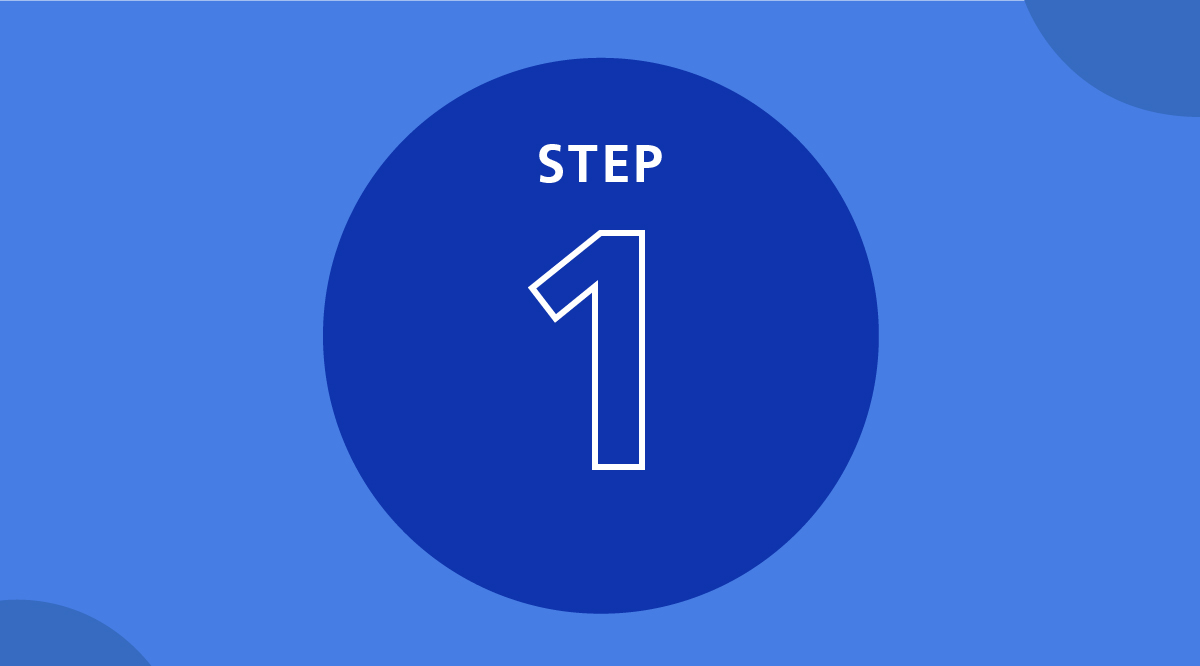
Step 1: Convene Your Team
Partnerships are key in addressing health and health care inequities, so convening the right team is crucial. The core team should include decision-makers across the missions of research, education, and clinical care as well as community leaders from public health and local organizations.
Ideally, the team should have six to eight members initially and might expand or substitute members as the work progresses.
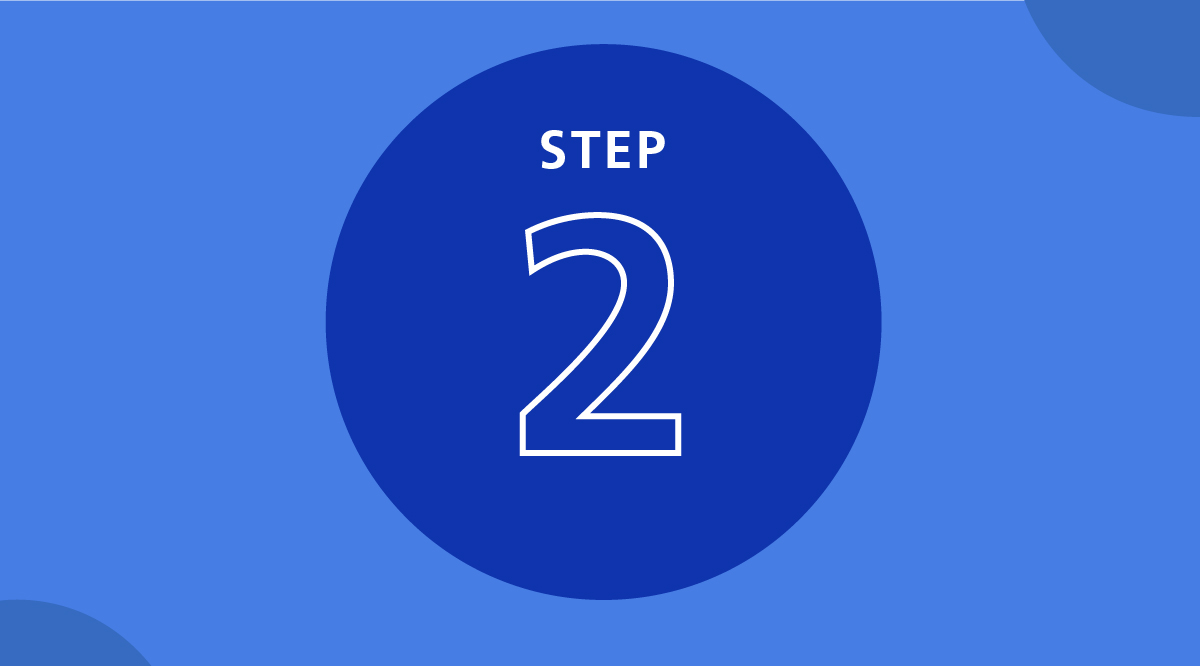
Step 2: Read Your Institution’s Community Health Needs Assessment
Your hospital’s or health system’s community health needs assessment (CHNA) and related implementation strategy offer a trove of information about your community’s health priorities and some of the activities underway to address them. Reviewing these documents will lay the foundation for your team’s visioning, planning, and implementation of initiatives.
Hospitals, health systems, and communities use CHNAs to engage stakeholders, define priority health issues, and develop initiatives to address those issues. As part of a community, hospitals and health systems use CHNA results to understand who they serve and develop strategies to address the health needs that their community members care about most.
The Affordable Care Act mandates that 501(c)(3) hospitals must conduct a CHNA every three years to maintain federal tax-exempt status. By law, CHNA results must be publicly available on a hospital’s or health system’s website.
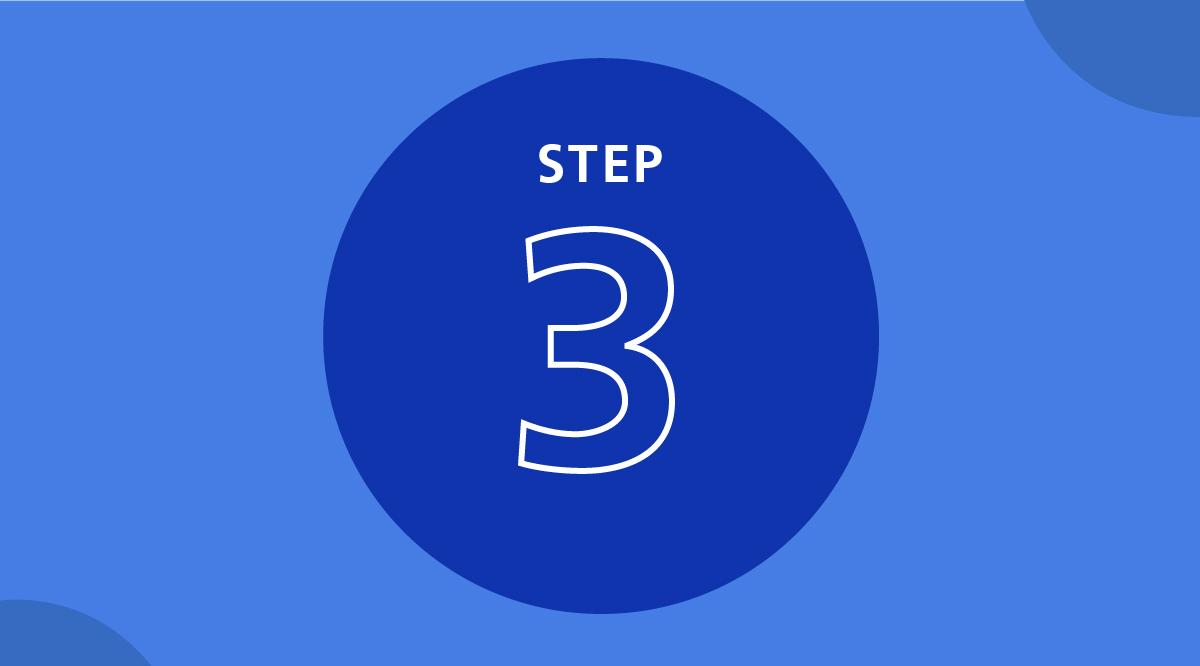
Step 3: Create a Vision
Once your team is more familiar with your community’s health priorities, use this visioning exercise to establish a shared understanding of the future you want to create. The exercise is intended to motivate and energize your team, encourage commitment to shared goals and values, and provide direction for strategic change.
To frame this exercise and provide inspiration, we invited five leaders with varying national perspectives to discuss what an ideal system might look like for communities and academic health centers.
Al Richmond, executive director of Community-Campus Partnerships for Health, represented the community perspective; Courtney Aklin, PhD, chief of staff at the National Institute of Minority Health and Health Disparities, represented researchers; Cara James, PhD, director of the Office of Minority Health at the Centers for Medicare & Medicaid Services, focused on health care policy; Von Nguyen, MD, MPH, deputy director of the Office of the Associate Director for Policy at the Centers for Disease Control and Prevention, represented public health; and Candice Chen, MD, MPH, director of the Division of Medicine and Dentistry at the Health Resources and Services Administration, focused on the workforce.
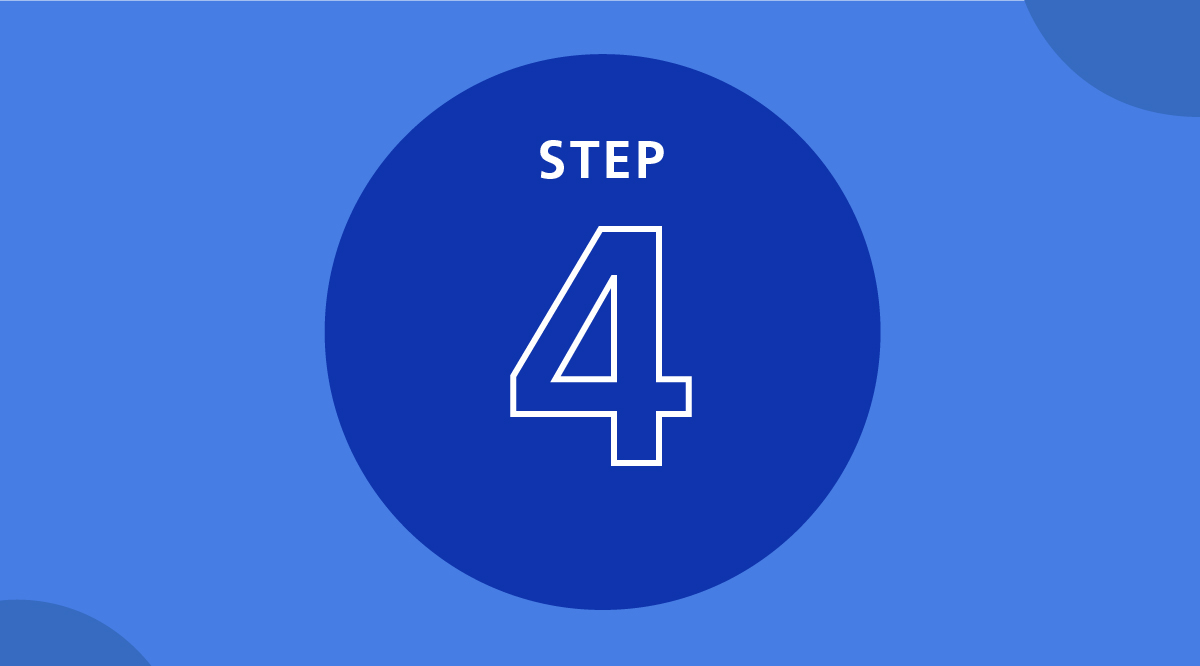
Step 4: Create an Inventory for Health Equity
After establishing your vision and reviewing your community’s priority health needs, focus on your institution’s ongoing community health programs and how they are coordinated. Use the Health Equity Inventory (HEI) to collect information about these initiatives across research, education, and clinical care mission areas. The HEI will help you to identify areas of redundancy and opportunities to increase efficiency and impact. Meet the AAMC initiative’s grantees and explore their work as inspiration for yours. Get a snapshot of each institution’s community, organization, vision, and reflections on the initial development of the Health Equity Inventory.
Learn from administrators at Eastern Virginia Medical School, Florida International University Herbert Wertheim College of Medicine, MedStar Health, University of Mississippi Medical Center, University of Rochester Medical Center, Vanderbilt University Medical Center, Virginia Commonwealth University School of Medicine, and Western Michigan University Homer Stryker M.D. School of Medicine.
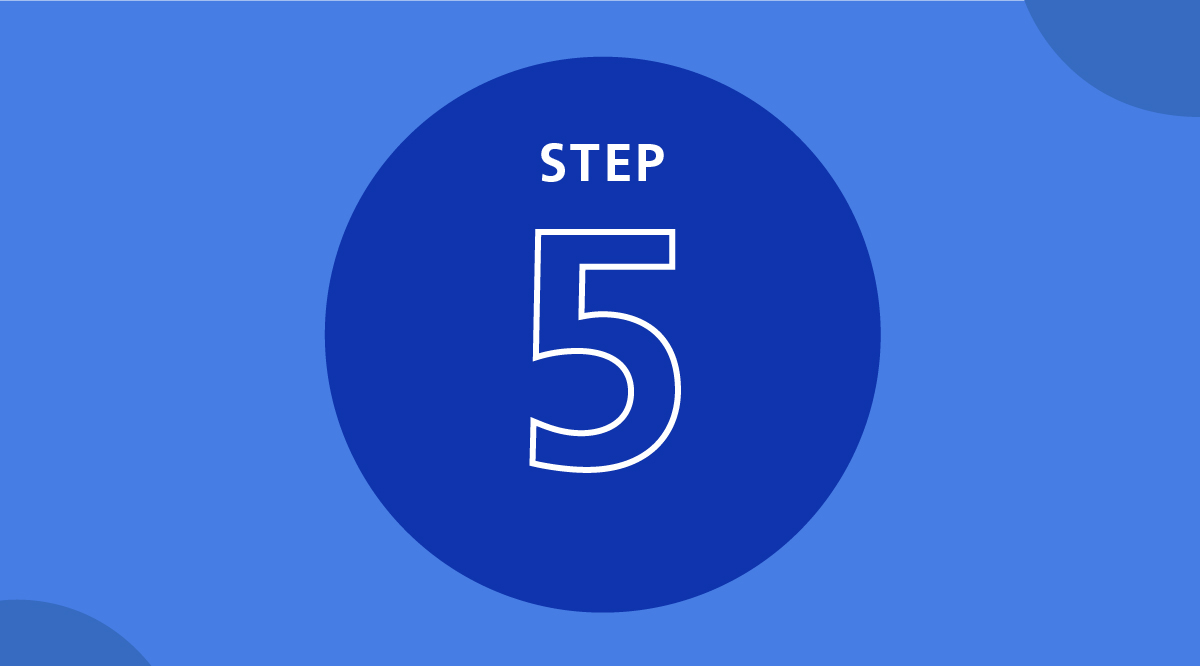
Step 5: Identify Your Community’s Assets
Working with your community to identify its assets is just as important as understanding its needs. Communities can build on assets to make the changes that move them toward a particular vision of strategic systems change and sustainable development.
Asset-based community development (ABCD) is a methodology for the sustainable development of communities based on their strengths and potential. Use the ABCD Community Mapping Exercise to assess the resources, skills, and experience available in your community.
Read about ABCD in action at the Center for Health Professions (CHP) in Saginaw, Michigan. The CHP used ABCD to identify and mobilize “the assets, capacities, and strengths of individuals, volunteer associations, and institutions.”
Lisa Hadden, executive director of Michigan AHEC’s Mid-Central Regional Center at Central Michigan University, and Bradley (Vince) Watts, MD, MPH, interim director of System Redesign and Improvement at the Veterans Health Administration, provide tools and resources to aid mapping activities from health care systems engineering and asset-based community perspectives.
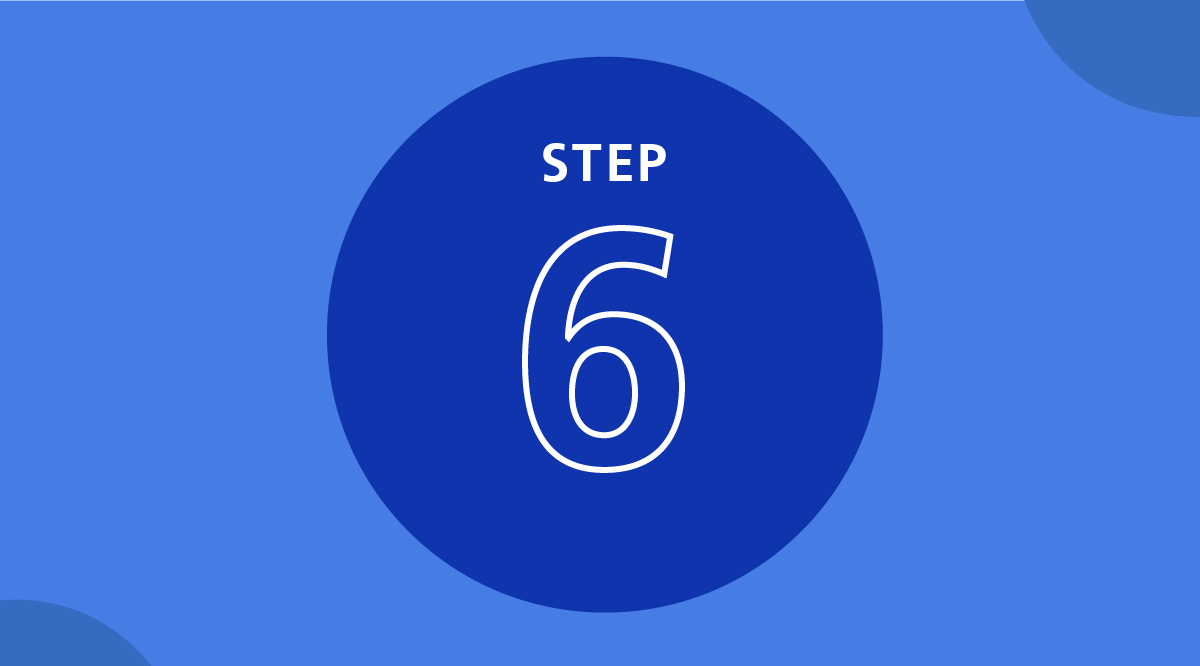
Step 6: Develop Current and Future State Maps
After accounting for all the community-relevant activities at your institution, current and future state mapping helps teams document how these activities are (or could be) coordinated across mission areas. The community assets that your team identified in Step 4 should inform your mapping, particularly as you consider external partnerships that will help you reach your team’s and community’s overarching goal.
Use these guides and corresponding templates to develop your own current and future state maps.
Use this Gap and Opportunity Analysis template to identify key areas for alignment, collaboration, and focus as you move from your current to future state.
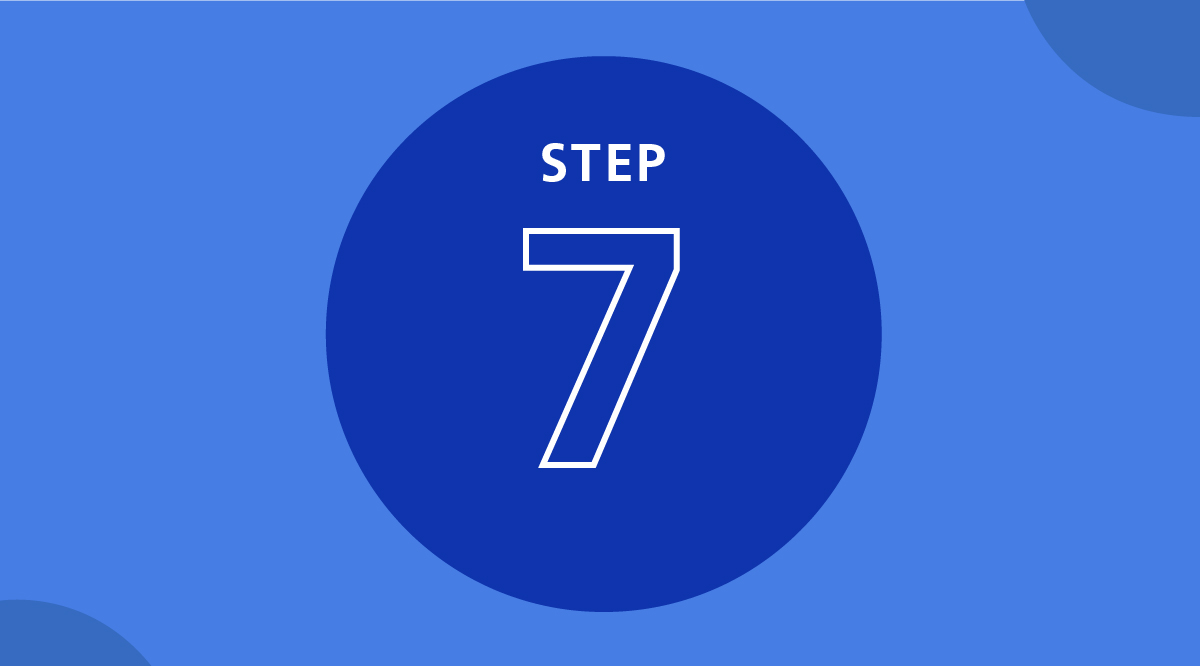
Step 7: Develop a Systems-Oriented and Community-Engaged Evaluation Strategy
Truly engaging your community in building a systems approach to community health and health equity means creating processes for diverse community members to bring their experience, knowledge, and ideas to each step of the process. This engagement especially important when developing an evaluation strategy since evaluation is crucial to improving your work, providing evidence of impact, and increasing sustainability.
A community engagement approach to evaluation requires a shift in thinking, just as systemic change involves deep shifts in social norms, beliefs, power, and privilege. Instead of thinking about how to take the lead as an external organization checking to see if those implementing a change stuck to your institution’s plan, consider how to support the community in evaluating itself.
Presented by Kien Lee, PhD, principal associate and vice president at Community Science, this webinar explores best practices for engaging community members and other stakeholders.
- Ask Stakeholders what Metrics Matter to them Most
An important assumption in community-engaged research and evaluation is that people hold and can contribute different kinds of expertise (e.g., community, cultural, technical, organizational). To ensure your team captures a wide variety of expertise and understands the metrics that matter to every stakeholder group, we developed these stakeholder interview questions that help to identify the goals and hopes of everyone involved in the systems change process. - Add a Systems Perspective to your Evaluation
We used the resources below to guide strategic planning for an evaluation strategy that engaged community members and established long-term goals and intermediate outcomes while creating room for the action, evaluation, and adaptation required in a systems approach.
The PCI Reflective Evaluation Framework for Systems Change (PCI Framework) is especially useful where achieving a goal involves a fundamental shift in the worldview supporting key systems that need to be changed. This paper explores how to use evaluation to sustain racial equity and other systemic goals.
This case study about the Middletown Addressing and Intervening on Depression and Anxiety Now (MAIDAN) initiative describes the PCI Framework in action. In this example, the American Health Professional College partnered with its affiliated hospital, Universal Health Care, to address growing inequities in access to mental health care. The case study shows how the two organizations used the PCI Framework to measure impact and intermediate process outcomes.
This tutorial applies the PCI Framework to an evaluation of MAIDAN by walking audiences through templates designed to structure strategic planning. Use this accompanying facilitator guide to inform your own work.
Having explored the MAIDAN case study and the tutorial, refer to the MAIDAN Action-Evaluation-Adaptation Cycle Template. Use this blank template as you structure your own evaluations of intermediate and long-term impact and the PCI Framework Template to think through and create a visual representation of the major steps in your team’s plans.
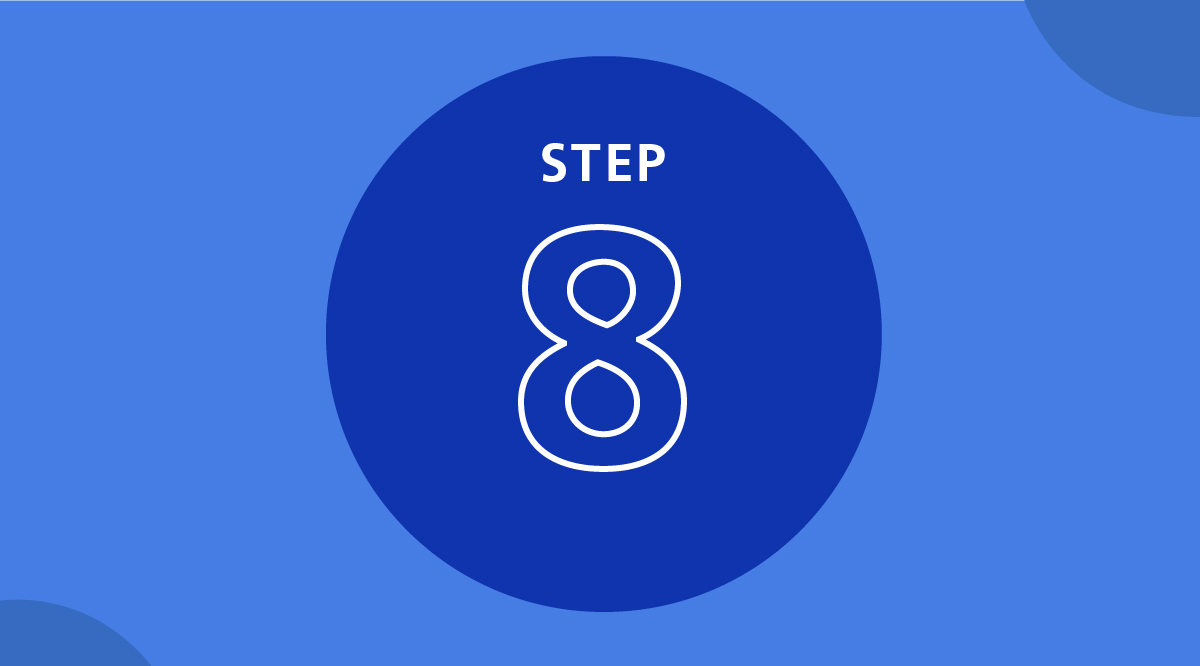
Step 8: Establish Formal Goals for All Stakeholders
This Goal Template will help you to organize your work. Use the template to develop specific, measurable, attainable, relevant, and timely long-term goals for health equity and intermediate outcomes for systemic change.
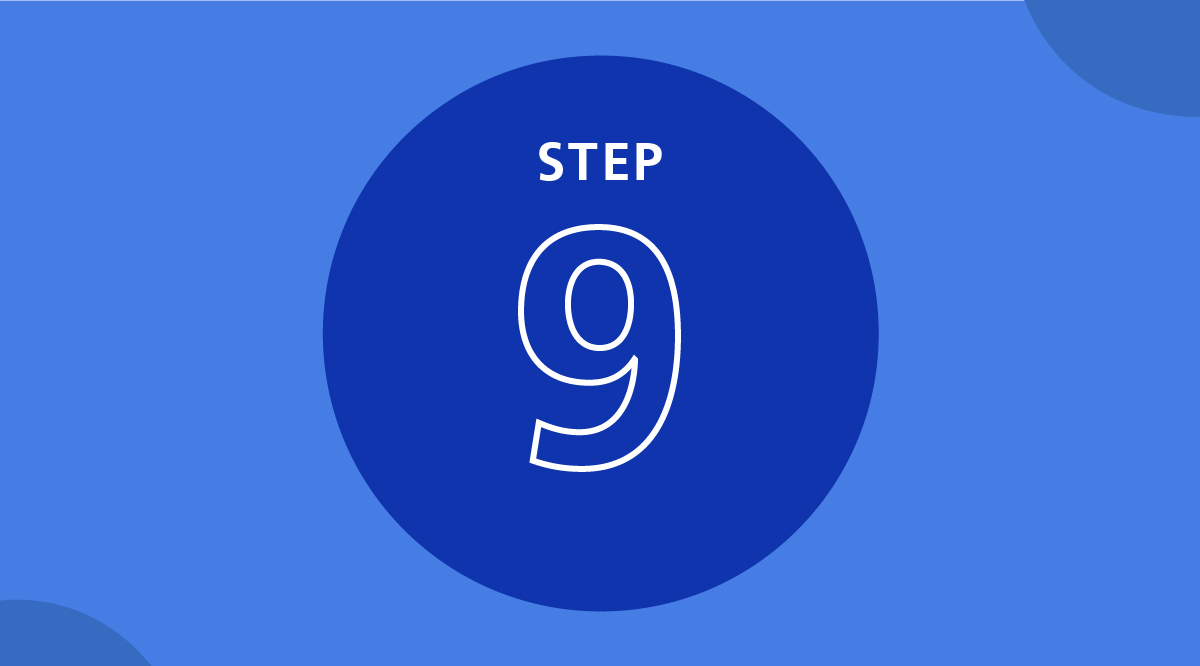
Step 9: Plan for Data Measurement
Your Data Measurement Plan will be informed by what you learned from stakeholders during interviews. Use this template to ensure that your team measures the benefits that stakeholders have told you are important.
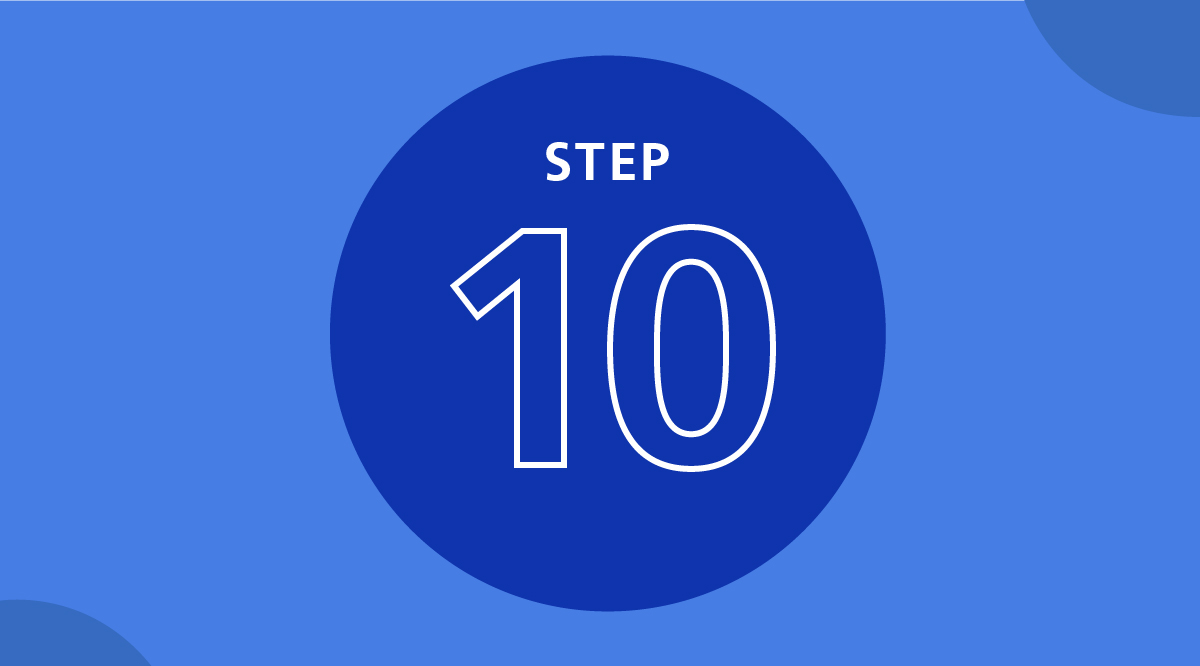
Step 10: Communicate for Sustainability
With the resources below, learn how to successfully pitch your work for sustainable funding from a variety of sources, beyond the next grant. Learn how to translate your evaluation metrics into communications about your systems change initiative.
3D Communications offers tips and tools for communicating clearly and concisely about your goals, process, and achievements.
This Executive Communications Skills learning aid from 3D Communications lays out how to craft an excellent presentation about your work.
Refine your messaging using this Key Message Grid.
Use this Communication for Sustainability exercise to hone your ability to introduce your goals, describe the challenges your institution faces and its systemic approach to improvement, and outline results you have seen to date.
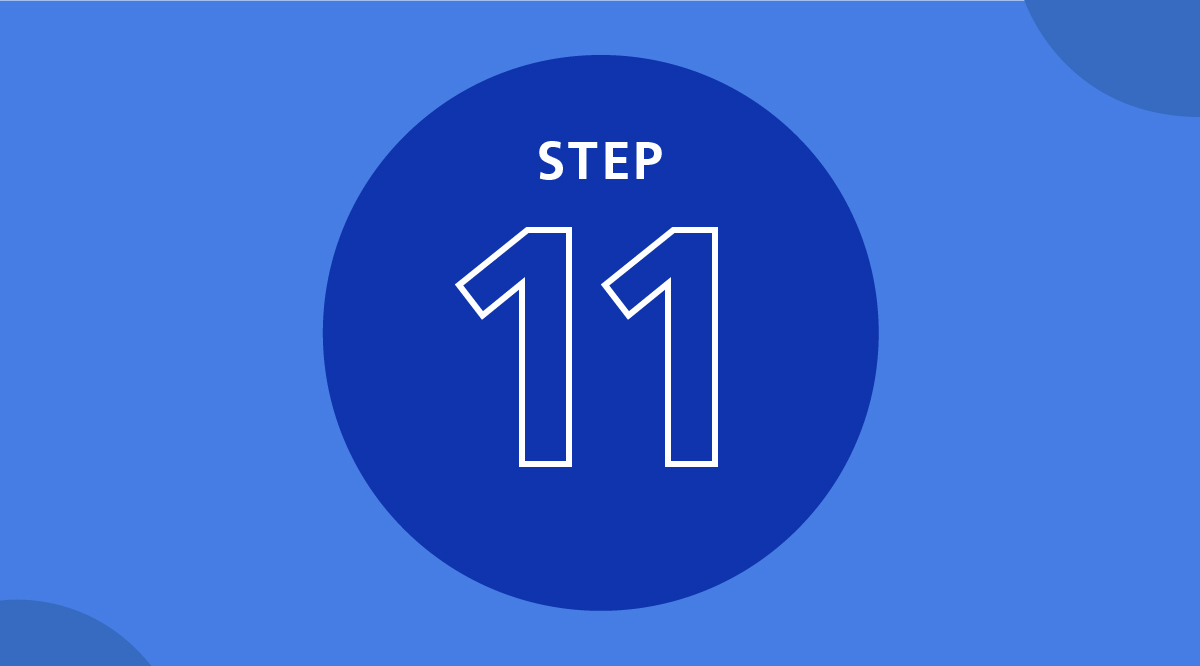
Step 11: Reflect on your Process and Progress
At the end of the third year of the initiative to build systems for community health and health equity, each member institution reflected on their strategic priorities and work to date. To provide inspiration for your own work, these videos delve into the progress each institution made towards their long-term goals and intermediate outcomes.
Get updates from Baylor College of Medicine and the Harris Health System, MedStar Health and Georgetown University, Vanderbilt University Medical Center, University of Florida, University of Rochester Medical Center, University of Mississippi Medical Center, Florida International University Herbert Wertheim College of Medicine, Western Michigan University Homer Stryker M.D. School of Medicine, and Eastern Virginia Medical School.
In this video, a panel of experts shared their thoughts on funding and sustainability as well as general reactions to each member institution’s presentation. Find out what each panelist had to say about building systems for community health and health equity, scaling systems change initiatives, communicating for sustainability, and seeking funding from a variety of sources.
A panel of experts, including Chip Roberts, assistant vice president for development at the University of Central Florida College of Medicine; U. Michael Currie, MPH, MBA, senior vice president and chief health equity officer at UnitedHealth Group; Kurt Newman, MD, president and CEO of Children’s National Hospital; and Alison Rein, vice president of health and human services at Quantified Ventures, LLC, shares insights on and reacts to the progress reports from each member institution.
Funding for this conference was made possible (in part) by grant 1R13 HS22520-01A1 from the Agency for Healthcare Research and Quality (AHRQ). The views expressed in written conference materials or publications and by speakers and moderators do not necessarily reflect the official policies of the Department of Health and Human Services; nor does mention of trade names, commercial practices, or organizations imply endorsement by the U.S. Government; additional support for this conference was provided by Cooperative Agreement Number 1 NU36OE000007-01, funded by the Centers for Disease Control and Prevention. Its contents are solely the responsibility of the authors and do not necessarily represent the official views of the Centers for Disease Control and Prevention or the Department of Health and Human Services.